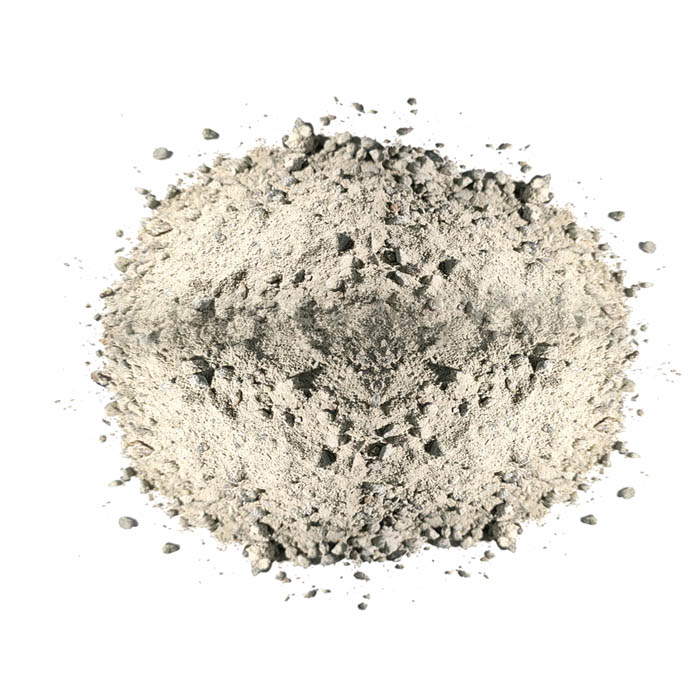Jul . 28, 2024 13:43 Back to list
Safety Data Sheet for Vermiculite Production Facilities and Handling Procedures Guidelines
Understanding Vermiculite Safety Data Sheets and Factory Operations
Vermiculite is a versatile mineral that has gained popularity across various industries, including construction, agriculture, and horticulture, due to its unique properties. It is a hydrated laminar mineral that can expand when heated, a process that significantly enhances its usability in various applications. However, while its benefits are abundant, it is crucial to understand the safety measures associated with its handling and use. Safety Data Sheets (SDS) serve as a vital resource in ensuring safe practices in vermiculite production and application.
What is Vermiculite?
Vermiculite is a naturally occurring mineral that, when heated, expands into small, worm-like granules, hence its name. These granules are lightweight, fire-resistant, and possess excellent insulation properties. In construction, vermiculite is often used as an additive in concrete for improved fire resistance and thermal insulation. In agriculture, it enhances soil structure and aeration, thus promoting healthy plant growth. It also has applications in the packaging industry due to its cushioning properties.
Importance of Safety Data Sheets (SDS)
Safety Data Sheets are crucial documents that provide comprehensive information about specific substances, including their properties, hazards, handling, storage, and emergency measures. For industries dealing with vermiculite, the SDS outlines the necessary precautions to minimize health risks associated with inhalation or exposure to dust generated during the mining and processing of vermiculite.
Dust Management and Health Risks
vermiculite sds factory

One of the primary concerns with vermiculite is the potential exposure to airborne dust. Prolonged inhalation of this dust may cause respiratory issues. It is essential for factories to implement effective dust control measures, such as using wet methods during processing and ensuring adequate ventilation in work areas. The SDS offers guidelines for personal protective equipment (PPE) that workers should utilize, including respiratory masks, goggles, and gloves, to mitigate these risks.
Storage and Handling
Proper handling and storage of vermiculite are also critical components highlighted in the SDS. Vermiculite should be stored in a cool, dry place, away from any incompatible materials that may pose a hazard. Workers must be trained on safe handling procedures to prevent spills and accidents. Furthermore, the SDS provides information on waste disposal methods to ensure environmental safety.
Emergency Response
In any industrial setting, emergencies can occur, underscoring the need for clear emergency response protocols, which are outlined in the SDS. Factories should prepare for potential incidents, including spills or exposure incidents, by formulating an emergency response plan tailored to vermiculite handling. This plan should include evacuation procedures, first aid measures, and a clear communication strategy.
Conclusion
In summary, while vermiculite offers numerous benefits across various sectors, its safe handling and use cannot be overlooked. The Safety Data Sheet serves as an essential tool in this regard, providing vital information on hazards, handling procedures, and emergency protocols. Factories engaged in the production and processing of vermiculite must adhere to these guidelines to ensure the safety of their workers, the public, and the environment. By prioritizing safety and adhering to the recommendations provided in the SDS, industries can harness the advantages of vermiculite while minimizing risks associated with its use.
-
Eco-Friendly Granule Covering Agent | Dust & Caking Control
NewsAug.06,2025
-
Fe-C Composite Pellets for BOF: High-Efficiency & Cost-Saving
NewsAug.05,2025
-
Premium Tundish Covering Agents Exporters | High Purity
NewsAug.04,2025
-
Fe-C Composite Pellets for BOF | Efficient & Economical
NewsAug.03,2025
-
Top Tundish Covering Agent Exporters | Premium Quality Solutions
NewsAug.02,2025
-
First Bauxite Exporters | AI-Optimized Supply
NewsAug.01,2025
